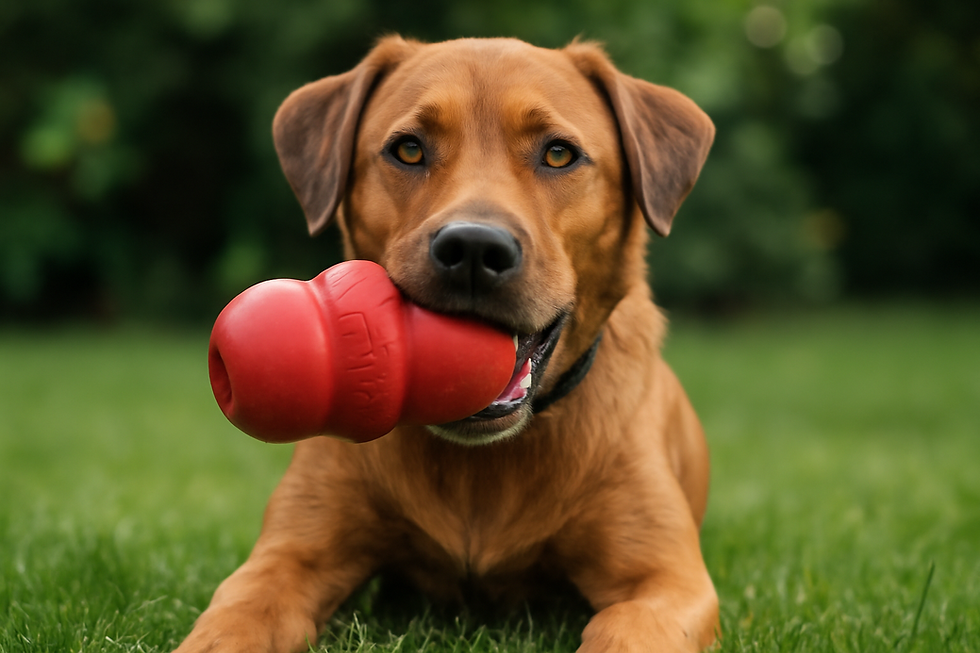How Climate Change is Affecting Bird Nesting Habits
- petperchlove
- Feb 13
- 3 min read

Climate change is reshaping ecosystems worldwide, and birds are among the most affected species. Rising temperatures, unpredictable weather patterns, and habitat loss have significantly altered bird nesting habits. Understanding these changes is crucial for bird conservation efforts. In this article, we will explore how climate change impacts bird nesting, the challenges birds face, and what we can do to help.
The Impact of Climate Change on Bird Nesting
1. Shifts in Nesting Seasons
One of the most noticeable effects of climate change is the shift in bird nesting seasons. Warmer temperatures cause birds to start nesting earlier than usual, which can lead to mismatches with food availability. For example, if insects or seeds are not yet abundant when hatchlings emerge, the young birds may struggle to survive.
2. Changes in Bird Nesting Sites
With deforestation and increasing urbanization, birds are losing their natural nesting sites. This forces them to adapt by seeking alternative nesting places, such as a bird nesting box. While nesting boxes provide safe havens, they must be properly placed and maintained to ensure birds can thrive in these artificial homes.
3. Impact on Nesting Materials
Bird nesting material availability is changing due to shifting vegetation patterns. Birds rely on natural materials such as twigs, feathers, and moss, but climate-induced droughts, deforestation, and pollution reduce access to these essential nesting components. This makes it harder for birds to build sturdy nests that protect their eggs and young from predators and harsh weather.
4. Increased Nesting Failures Due to Extreme Weather
More frequent storms, heavy rainfall, and heatwaves make bird nesting more challenging. Flooding can destroy nests built in low-lying areas, while extreme heat can cause eggs to overheat. Additionally, little bird nesting sites, which are often delicate and small, are particularly vulnerable to environmental disturbances.
5. Predator and Invasive Species Threats
Climate change is also altering predator populations. Warmer winters allow more predators, such as snakes and rodents, to survive and prey on bird nests. Additionally, invasive species introduced to new regions due to shifting climates can threaten local bird populations and disrupt nesting behaviors.
How to Help Birds Adapt to Climate Change
Despite these challenges, there are ways we can help birds adapt to the changing environment and protect their nesting habits.
1. Providing Bird Nesting Boxes
Installing a bird nesting box in your backyard or garden can give birds a safe place to nest, especially if natural nesting sites are scarce. Choose boxes designed for specific bird species and place them in shaded, predator-safe locations.
2. Offering Natural Bird Nesting Materials
To support nesting efforts, provide natural bird nesting material such as:
Twigs and dry grass
Feathers and soft fibers
Pet hair (natural and chemical-free)
Cotton or wool scraps
Avoid synthetic materials that may pose hazards to birds and their chicks.
3. Creating Bird-Friendly Gardens
Plant native trees and shrubs to provide natural nesting sites and food sources. Flowers that attract insects, such as butterflies and bees, can help sustain birds during nesting season.
4. Minimizing Habitat Destruction
Supporting conservation efforts, reducing deforestation, and limiting pesticide use can help preserve natural bird nesting sites and maintain biodiversity.
5. Monitoring and Protecting Nests
If you find a nest in your yard, avoid disturbing it. If you use a bird nesting box, check for signs of predation and ensure it remains a safe environment for nesting birds.
Final Thoughts
Climate change is having a profound impact on bird nesting habits, but by taking simple steps, we can help birds adapt and thrive. Whether by providing bird nesting material, installing a bird nesting box, or creating safe nesting environments, every effort contributes to bird conservation. By staying informed and proactive, we can protect birds and preserve their nesting habits for future generations.
Frequently Asked Questions (FAQs)
1. How does climate change affect little bird nesting?
Little birds, such as finches and sparrows, are especially vulnerable to extreme temperatures and habitat loss. Their small nests are easily affected by storms, heatwaves, and reduced food availability.
2. What is the best way to provide bird nesting material?
The best way is to offer natural materials like twigs, feathers, and soft plant fibers. Avoid synthetic materials, as they can be harmful to birds and their chicks.
3. Are bird nesting boxes a good solution for climate change effects?
Yes, a bird nesting box can provide a safe and stable nesting site, especially in areas where natural nesting spots have been destroyed by deforestation or urban development.
4. Can extreme heat harm bird eggs?
Yes, prolonged heat exposure can overheat eggs, reducing hatching success. Birds often choose shaded areas for nesting, but extreme heat can still pose risks.
5. What can homeowners do to help bird nesting?
Homeowners can plant bird-friendly vegetation, provide fresh water sources, install bird nesting boxes, and offer safe bird nesting material to support local bird populations.



Comments